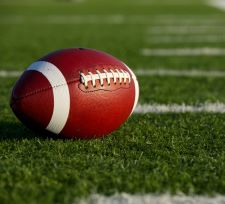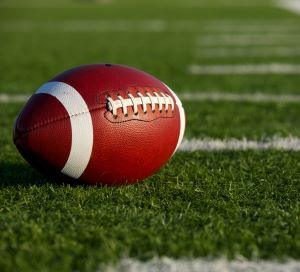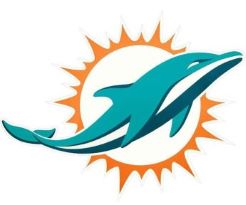Fantasy Football Basic Draft Strategy: What to Know

When you play fantasy football, you’ll participate in a draft. During the draft, you choose the players that are going to make up your team. You then bring in the players that you drafted with the highest potential to succeed in their game every week, with the goal of getting the most points throughout the NFL season.
Fantasy football is points-driven, based on the production of actual NFL players. Players put up points when they’re actually playing. If you own the player on your team, you get points, so for example, you want to make sure you’re researching the best running backs of 2022 so you’re ready.
A fantasy league will often include 8 to 14 players. Every fantasy player chooses a football player to complete their roster.
When you have your team, every week, you fill out a roster with your starting players at different positions, based on league settings.
Positions you have to fill usually include:
One quarterback
Two running backs
Two wide receives
One tight end
One kicker
One defense
One flex
Statistics players accumulate on the field make up their point total for the week. The point totals of your starting lineup are added together for your weekly score. If you have more points than your opponent who is a member of your league you’re going head-to-head with that week, you win for the week.
Your roster will also include bench players. Most leagues allow five bench spots, and they can collect points for the week, but they don’t count toward your overall score. Bench players add depth to a roster and cover injuries and bye weeks.
With all that out of the way, the following are some things to know about basic draft strategy in fantasy football, particularly if it’s new to you.
Preparing: Pre-Draft
During the pre-draft, you get to know the players.
There are a lot of tools you can use to help you, including draft kits.
You’ll likely look at cheat sheets which are player lists that include most recent season performance, average stats, upcoming opponents they could have an advantage over, and previous injuries. Cheat sheets might also include their average draft position or ADP.
An ADP lets you know where other leagues are drafting players.
The player rankings have similarities to ADP. It’s a list of the draft pool players and how the league ranks them. These lists are expert-generated.
Mock drafts are when you go up against other owners and computers in fake drafts to test your strategy and identify the available players during different phases of the draft.
Pre-Draft Strategy Tips
Some things to keep in mind for your pre-draft strategy include:
Don’t get too excited about a rookie. Rookies can create a buzz in fantasy football as well as in the actual NFL. The rookie excitement is why the NFL draft is so widely watched. If you’ve followed some of the players in college football, you might already have a sense of attachment, but this can be detrimental to your fantasy strategy. Even if a rookie is named as a starter, they’re inevitably going to struggle at some point in the season. There’s a lot of difference between the rigors of being a college athlete and playing professionally.
When you’re doing your pre-draft prep, focus on the middle and late rounds of your draft. Your elite players are easy to identify, and they might get most of your attention as you’re moving toward draft day. Drafts are both won and lost later, though.
In the late rounds, use them to choose high upside younger players.
One of the techniques that tend to be highly underutilized in fantasy football is keeping track of draft picks and each team’s roster. When you’re tracking the opposing rosters, you’ll be able to figure out the player and positions available for your next pick. If you’re in an auction league, you can determine if someone is bluffing.
Don’t go into your draft set on one strategy—be flexible. You want a plan, but you also want to be able to step outside of that plan if you have to. It’s rare for a draft to gas your plan. You need a backup strategy and a backup plan for your backup.
Do a mock draft. We talked about this above, but it’s a big one because it lets you test your logic on your picks and see what your team could look like. You’ll also get a good idea of who’s going to be available, and you can simulate the other players using logic in doing so.
What Happens When Week 1 Arrives?
Once you get the basics and you draft a team, week 1 arrives. Week 1 of fantasy football starts with week 1 of the NFL season. You’ll need to put your lineup in place and ensure you have the right players.
Make sure that your starting positions are all filled and that you have your best possible player at each position. Over the coming weeks, you’ll learn more about your team.
Watch the games and be aware of the Waiver Wire. You want to choose the best player available at the end of week one on free agency who’s in your league.
After week one ends, you focus on the following week. If you didn’t secure a win with a solid team, or even if you did, you need to think about the waiver wire.
The waiver wire is a process to get players who are currently not on another roster in your fantasy league—target players who seem to be trending forward and have had a good previous week.
You can put a claim on free-agent players if you want to acquire them. Every league has a waiver priority, based on the success of the previous week. Try to get a player who’s going to best meet your needs.
Keep in mind your roster size limits, and if you want to add a player, you may have to drop one of your current ones.
Finally, don’t spend your budget on someone who did well on week one but could be overhyped and, in the process, drop one of your good players already on your roster.




